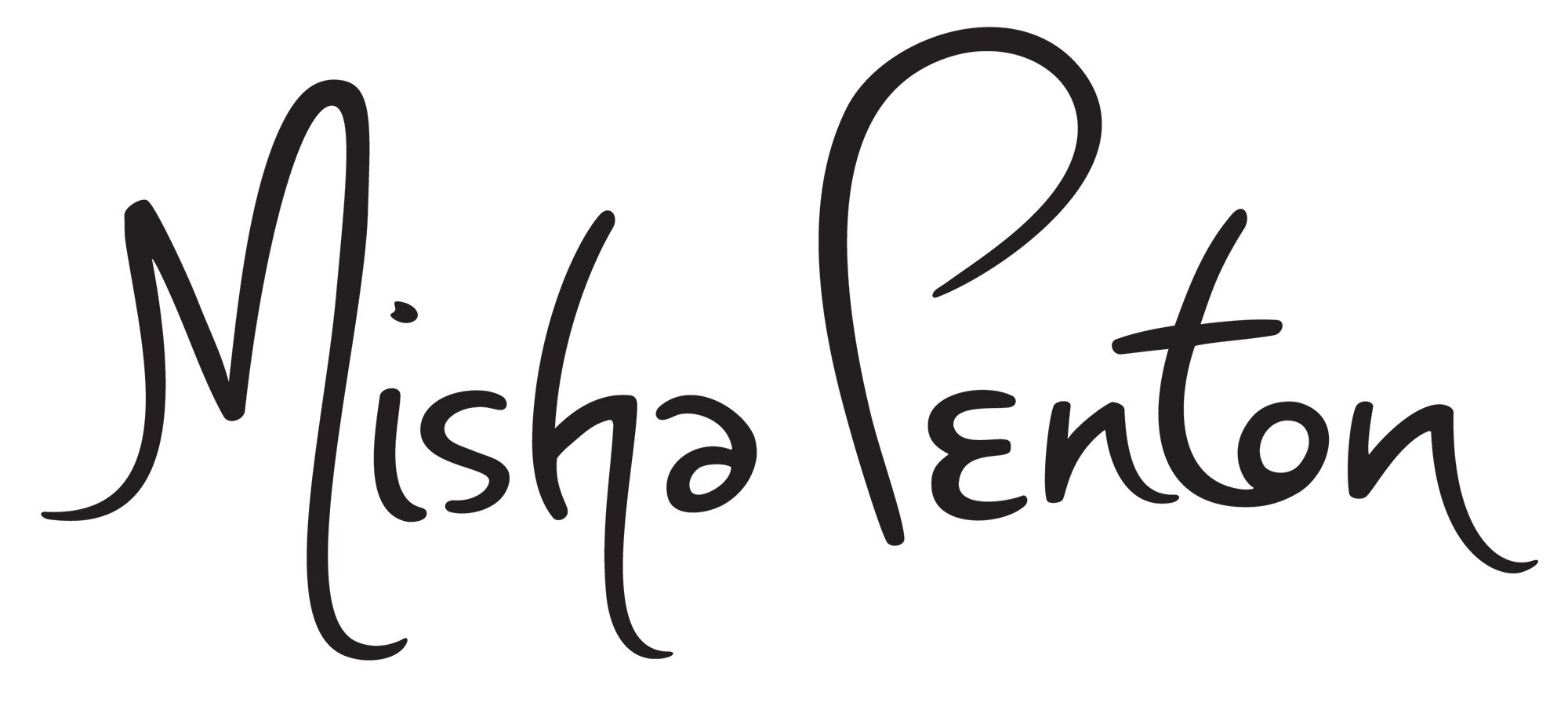Change one thing and everything changes
Notes from the Mat
I like hanging out with MaryBeth Smith, she's a master educator, nurturing supporter, and her energy exudes insight. She teaches the movement modality, the Feldenkrais Method (she is also the director of The Feldenkrais Center of Houston).
Feldenkrais. Funny word. If you clicked that link, it'll tell you (a lot!) more. Feldenkrais, among other things, is an awareness development tool rooted in somatic practice. Intrigued?
Recently, I attended one of MaryBeth's group Feldenkrais classes, and afterward, as always, my body felt long and light, and the work filled me with ideas and insights.
On the Physical Plane
Creating a mental picture of the body is an integral element of the work. I love Feldenkrais body scans. Each class begins laying supine on the mat and taking time to note how my body rests on the floor. What parts are touching? What parts are away from the floor? What's going on with my feet? My calves? My low back? Shoulders? My neck? What feels heavy? Light? What feels clear? What seems ambiguous? This mental image is one potential map of the body.
The lesson continues with additional movement suggestions, including incremental, small movements to bring attention to the body. For this lesson, on all fours with my hands in fists, my arm bones acting as pillars from shoulder wrist. My knees are under my hips. It takes a few slow moments to arrange myself, eyes open, eyes closed, so that the picture in my head of what I’m doing resembles what my body is actually doing in physical space. (Intention is everything!). I continue to work with small movements that shift my weight from my knees to my hands: from right hand to left hand, from right knee to left knee, from left knee to right hand, and so on. In between sets of the micro movements, I rest on my back and see if and/or how the experience of my body laying the mat has changed.
My favorite part of a Feldenkrais class is the final mental after picture of my body as I rest, supine, starred-out, on the mat. I feel more fully in contact with the floor, my body feels held by gravity and spacious. When I bring myself to standing, I feel long, light, and effortless. The support of my skeleton feels solid and flexible.
Insight
Marybeth suggests the idea of my skeleton. Wow! I have a skeleton and I never even think about it! My internal structure. My Eiffel Tower! I spend a lot of time committed to my fitness routine, focussed on my musculature. When I include my skeleton in experience, my body radically transforms. I feel stable and supported from within. I'm not armored against exterior forces, but supported by inner solidity.
What else is available to me that I'm excluding from my life? What do I exclude that I'm unaware of? What do I willfully exclude? What am I unaware of that I might integrate? What am I resistant to incorporate?
Inclusion
Integration
More of
There is a richness in my life experiences that I will miss if I parcel out, or section off, what I've decided doesn't "belong"?
What if all of me "belonged"?
Awareness is central to many, if not all, wisdom traditions. I've spent a good deal of time on the yoga and mediation mat developing breath and body awareness, watching my thoughts float by and bringing that quality of attention into my daily activities. The cultivation of awareness quiets habitual inner narratives. What is habitual for me? What are my got-to patterns?— not only in my body, but my mind? When my mind drifts, to what thoughts and stories does it attach? What do I tell myself about myself, about others, and the world?
I started this Feldenkrais lesson by simply and gently shifting my weight on hands and knees. In standing, I felt an expansion and a weightless length to my spine. As good as my body feels off the mat, the work of Feldenkrais leads to ideas, to the ever-opening awareness of broader and boundless possibilities.
As MaryBeth might say, "Change one thing and everything changes."
